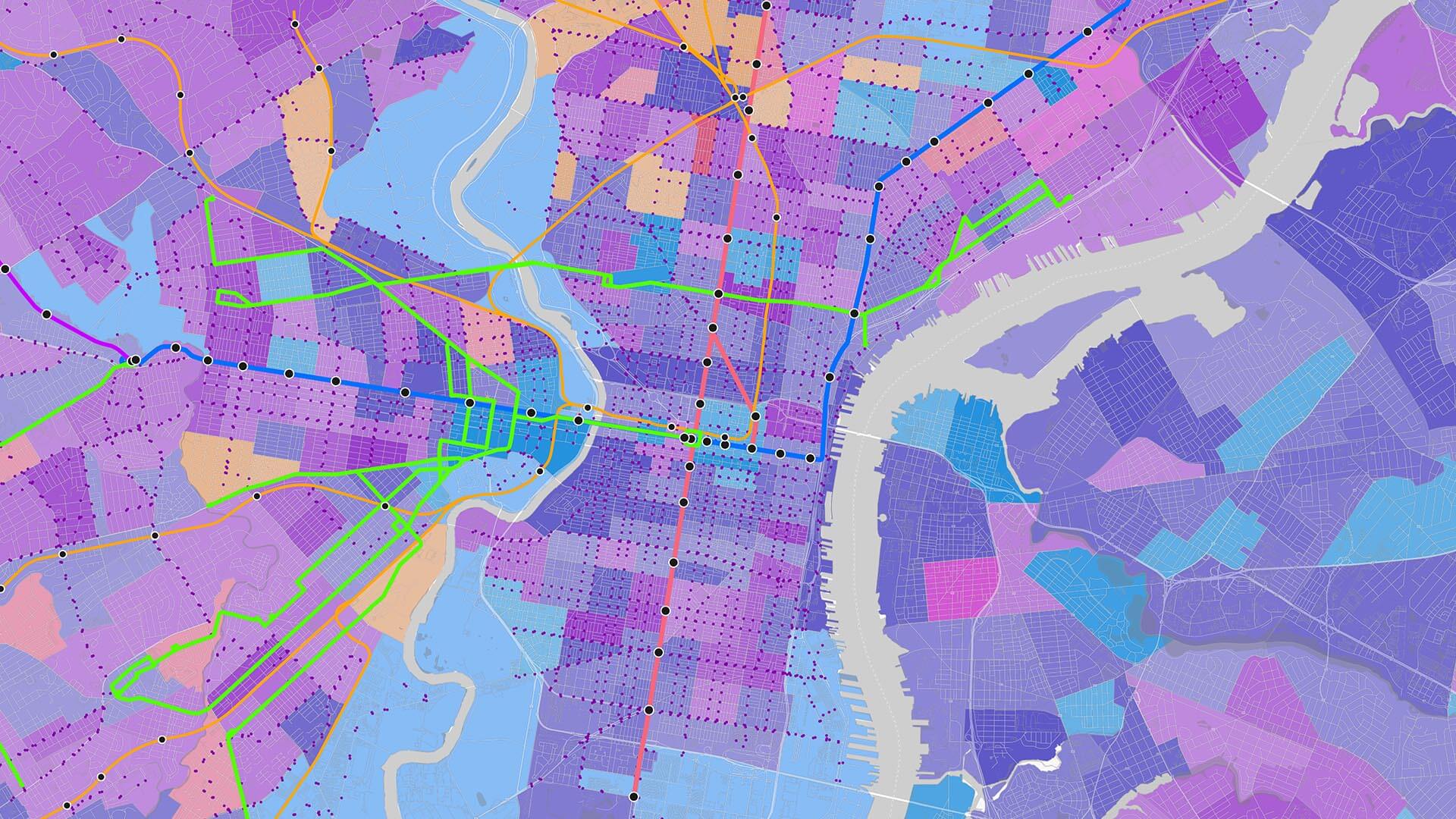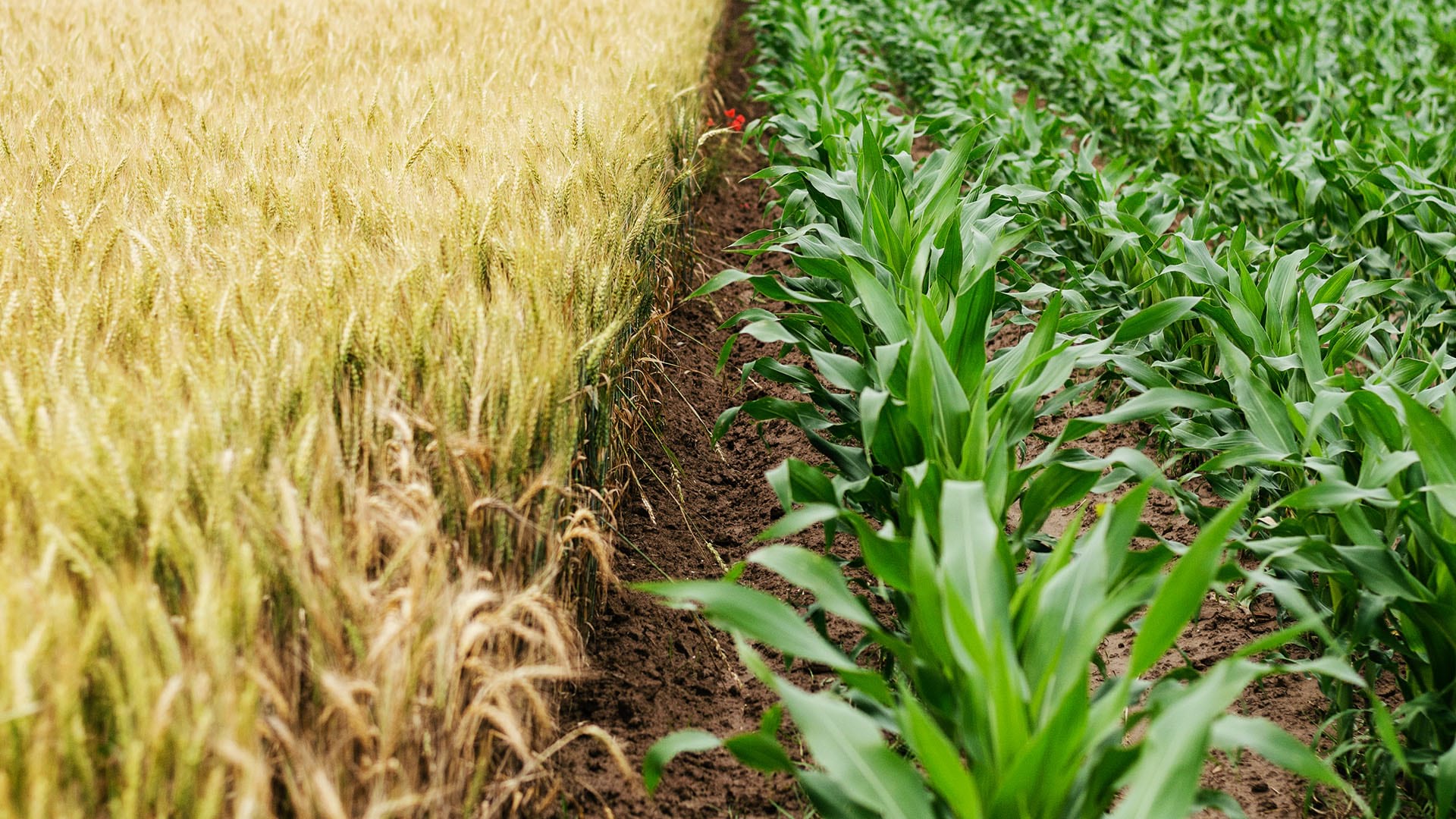Any organization with employees on the go—making deliveries, performing inspections, repairing equipment, analyzing sites, meeting customers—is a mobile enterprise.
Thanks to the ubiquity of smart devices and sensors, today’s CIO oversees a mobile enterprise of unprecedented connectivity and complexity. Logistics planners reroute trucks in real time to avoid slowdowns. Security teams monitor the safety of executives traveling abroad. Construction workers installing hundreds of miles of power lines across state lines check maps to avoid environmentally protected areas, even while offline.
The digital transformation of mobile work has yielded a profusion of location data. But all too often, that data languishes in siloed apps. In response, many CIOs have made geographic information system (GIS) technology a core enabler of the connected enterprise. GIS serves as a single source of truth, gathering data from multiple sources in the field and converting it to insight for analysts, the C-suite, and others throughout an organization.
Business leaders are seeing significant gains from unifying the mobile enterprise. One McKinsey study found that technological advances in field operations helped companies improve productivity by 20 to 30 percent, reduce travel times by up to 30 percent, and lower costs by more than a third.
As a unifying technology, GIS generates location intelligence that empowers four key functions of the mobile enterprise:
- Supply chain management
- Operations management
- Service and product delivery
- Market analysis and intelligence
In each of these categories, CIOs and other executives get a spatial view extending to the furthest edges of business operations. Workers on the go are empowered with accurate information.
Seeing the Field: Supply Chain Management for the Mobile Enterprise
Amid global volatility and new customer demands for transparency, businesses are racing to digitize their supply chains. In fields like agriculture and natural resources, real-time awareness of supplier networks has enhanced production planning and sustainability and compliance efforts.
At one global beer manufacturer, mobile data on soil health and crop yields is analyzed in GIS, helping the purchasing team adjust contracts to meet production targets. The sooner the company is aware of an undersupply or oversupply, the better equipped traders are to set prices.
Location data gathered through mobile devices and sensors helps the company’s sustainability team manage goals for reducing water, fertilizer, and pesticide use.
Companies that work with raw materials such as timber rely on mobile location technology to ensure product quality and monitor environmental impacts. One company that sells carbon credits collects data on biodiversity deep inside rainforests by placing GIS-enabled mobile devices in the hands of paid local community members. Similarly, foresters working for a paper goods company log the locations of endangered bird nests while on foot, notifying suppliers to update logging plans.
Safer, More Secure Operations Management Through GIS
In the analog era, companies relied on paper org charts and desk-sized blueprints to visualize their workforces and workplaces. Today, CIOs are harnessing smart maps to provide a more dynamic picture of operations.
By consulting dashboards that share the status of workers and assets—including their proximity to severe storms or the location of disruptive customers along their route—an executive can achieve higher safety standards while increasing efficiency and security.
At large manufacturing plants, GIS-based mobile tools streamline maintenance and repairs, limiting losses due to machine downtime. Indoor navigation apps guide repair technicians through sprawling plants to the precise location of a faulty piece of equipment.
That same location-centric operational awareness helps managers respond quickly to a safety incident—or even prevent a critical event. At a prominent aerospace company, if security employees notice a breach in the perimeter of company property, they can instantly log the location with a GIS survey tool, take a picture, and send out a crew to fix it. That data is updated on a dashboard in real time—rather than when workers find time for data entry, which could be days later.
For employees working in a hybrid office environment, mobile connectivity can also be indispensable. Professionals in one large organization find and book desk space on their phones, while operations and facilities managers consult a GIS-based dashboard for insight on occupancy trends and opportunities for energy efficiency.
Improving Service Delivery with a Geographic Approach
Mobile workers represent the human face of a company. A cable installer, a pest technician, a home-visit nurse—each is integral to producing a positive customer experience. CIOs and other business leaders are discovering that workflows improved by location insight often translate into satisfied customers.
For one pest control company, GIS technology helps technicians manage and track their work across expansive corporate campuses. Using maps and mobile tools, they scan and mark the location of traps, add notes, and take photos to create a digital archive of work completed.
This digital record also gives companies proof of service—if a complaint is lodged, a manager can provide evidence that an employee was on-site and serviced a particular area.
Efficiencies in the field save companies money—and give workers more time to do what they do best. Health care workers who make home visits need to minimize time behind the wheel and spend as much time as possible with clients. Using GIS-equipped mobile devices to orchestrate their daily travels enables them to take the shortest routes between stops, avoid crisscrossing paths with colleagues, and spend the maximum amount of time with each patient. The same route planning techniques save time and money in logistics and other industries.
How a Location Lens Sharpens Market Analysis and Intelligence
When an employee embarks on a business trip to meet a prospective client or make a presentation, a GIS-equipped mobile device can capture valuable market intelligence.
At one automotive goods company, sales staffers visiting stores use GIS mobile tools to share local market insights and document where company products are on shelves relative to competitor’s wares. This data can influence the strategy of sales and marketing executives. When field staff share the address of a new service center, it often prompts managers to add that location to future sales routes.
Employees in the field often perceive trends before they show up in economic data. A retail veteran might notice that a city block is developing into a popular destination for certain types of customers, or that nearby closures are becoming a drag on one of the company’s stores. With a system that can log and analyze this data, a fleeting observation can become valuable location intelligence that influences decision-making.
For CIOs and businesses adapting to a mobile world, maximizing field data depends on technology tools that are easy to use. If data collection isn’t intuitive, employees will soon revert to paper and pen. With digital maps serving as a common language connecting CIOs, mobile workers, and everyone in between, organizations reap the rewards of a well-connected, data-rich mobile enterprise.
The Esri Brief
Trending insights from WhereNext and other leading publicationsTrending articles

December 5, 2024 |

July 25, 2023 |

April 1, 2025 |

November 12, 2018 |

February 1, 2022 |

April 16, 2024 |





